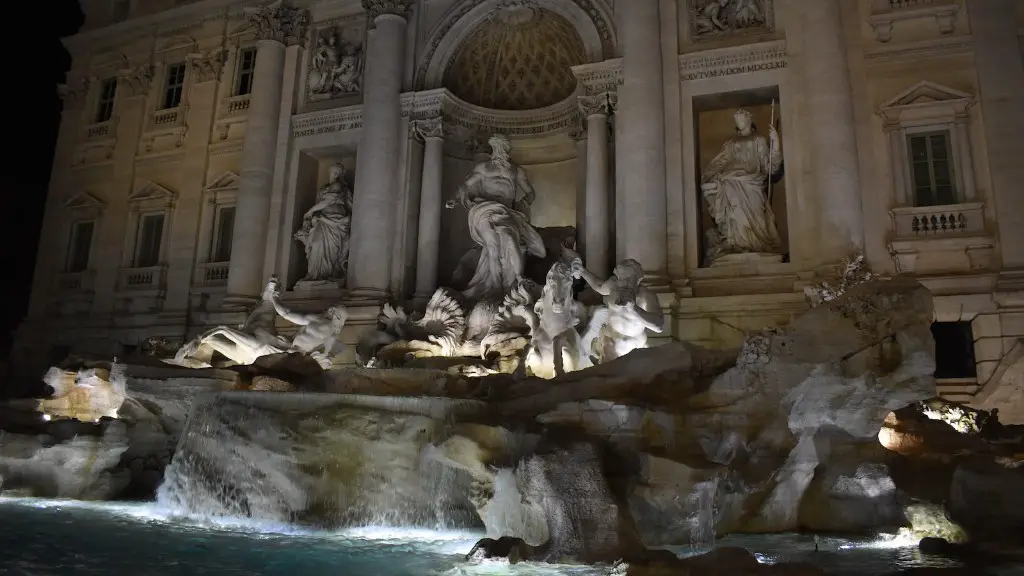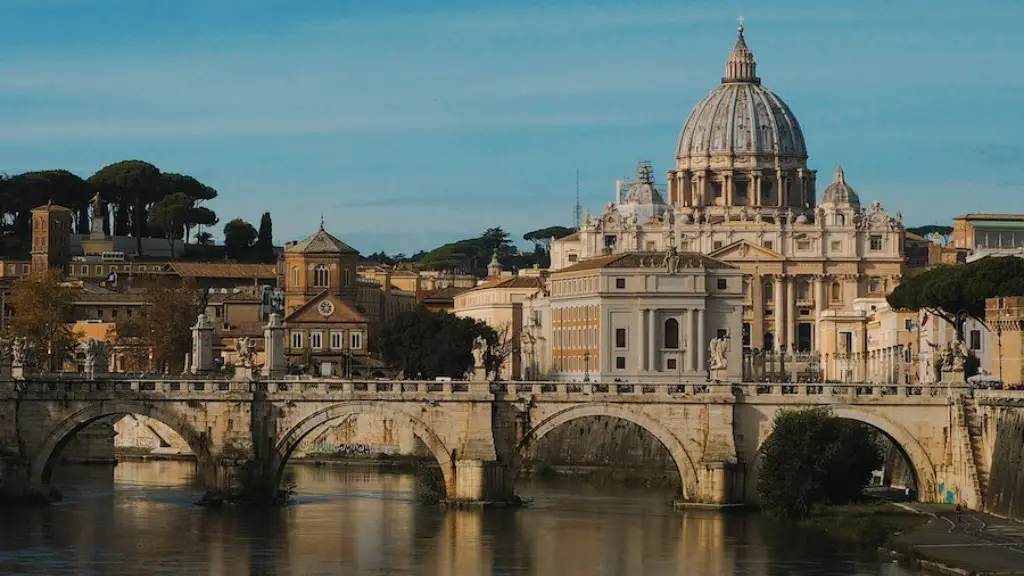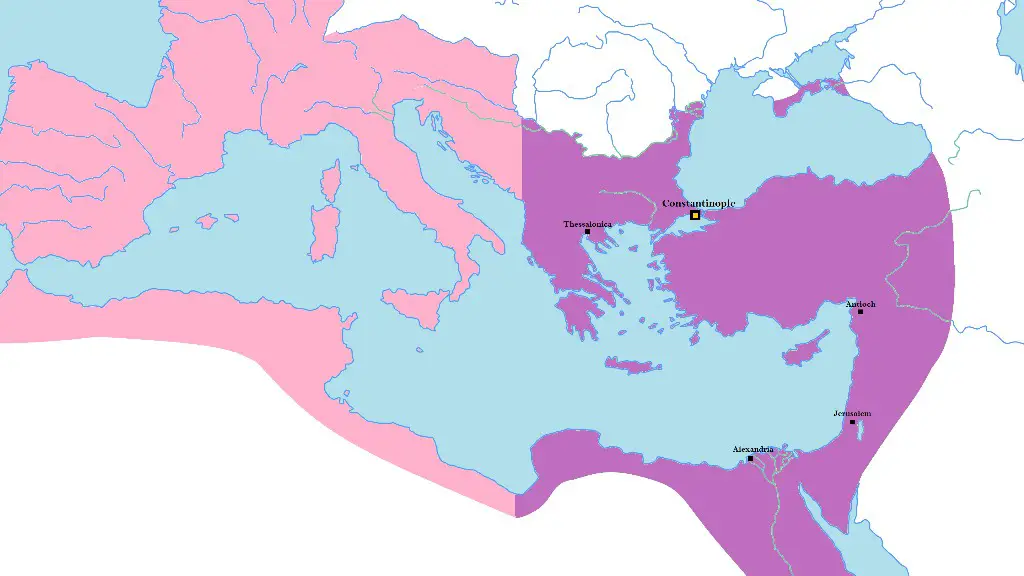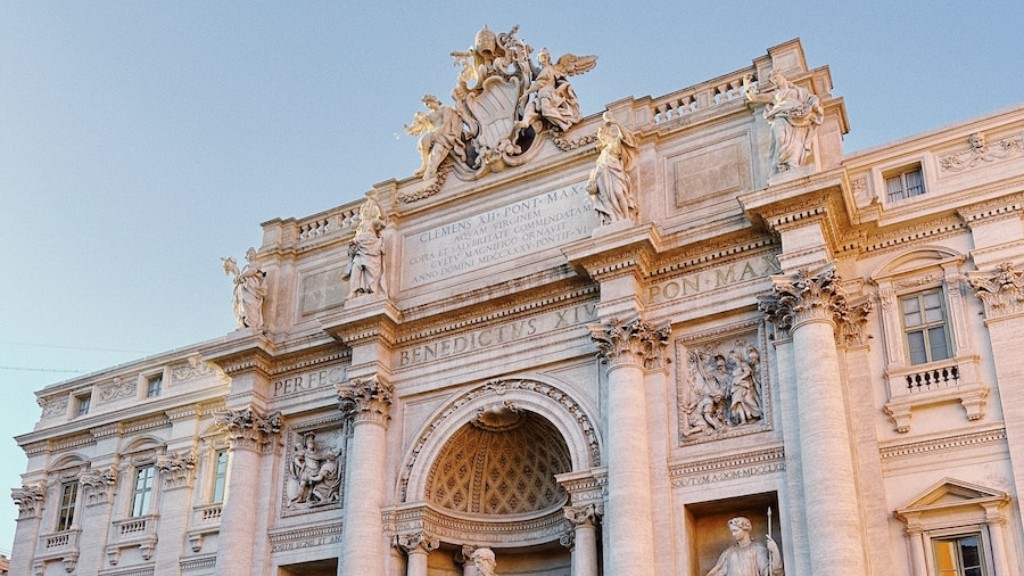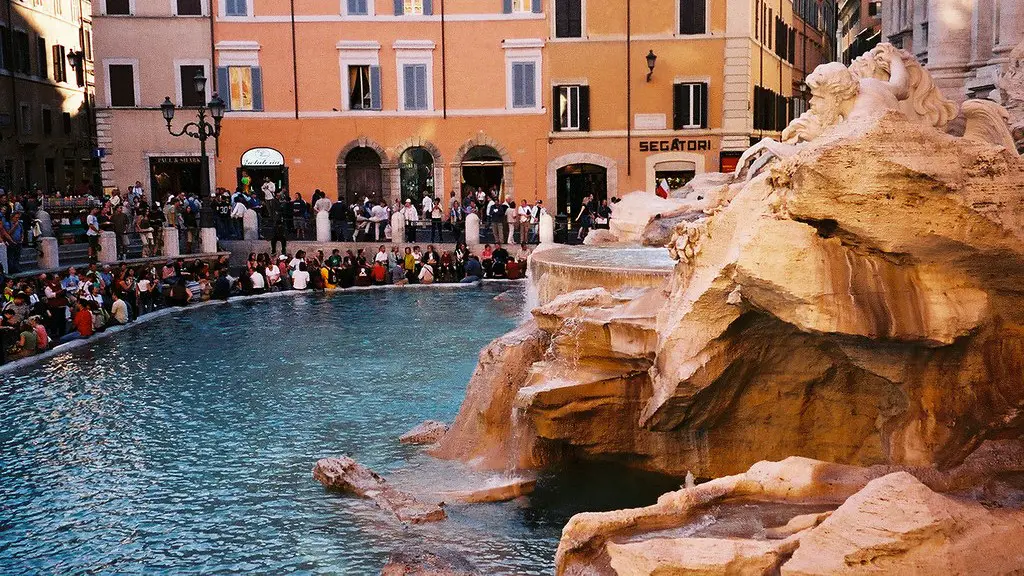The Roman Empire was one of the largest empires in world history. It began in 27 BC with the Reign of Augustus, the first Roman Emperor, and lasted until 476 AD, when the last Roman Emperor was overthrown. In its twelve centuries of existence, the Roman Empire was, at times, the largest political entity in the world. At its height, it included the territories of present-day England, Wales, Scotland, Ireland, Spain, Portugal, France, Italy, Austria, Czech Republic, Hungary, Romania, Bulgaria, Greece, Turkey, and parts of Germany, Holland, Belgium, Switzerland, and Algeria.
The Roman Republic officially began in 509 BC, and ceased to exist after the death of Julius Caesar in 44 BC when Rome became a monarchy. The Roman Empire officially began in 27 BC when Caesar Augustus became the first Roman Emperor, and ended in 476 AD when the last Roman Emperor was overthrown. Therefore, Ancient Rome lasted a total of 1,961 years.
Which empire lasted the longest?
1) The Empire of Japan is the longest uninterrupted empire in history, lasting for at least 1703 years to date.
2) The Byzantine Empire comes in a close second, lasting for 874 years from 330 to 1204.
3) The Holy Roman Empire comes in third, lasting for 844 years from 962 to 1806.
4) The Zhou Empire comes in fourth, lasting for 790 years from 1046 to 256 BCE.
5) The Ethiopian Empire comes in fifth, lasting for 666 years from 1270 to 1936.
6) The Khmer Empire comes in sixth, lasting for 629 years from 802 to 1431.
Rome is one of the oldest continuously occupied cities in Europe, with a history spanning 28 centuries. Roman mythology dates the founding of Rome at around 753 BC, but the site has been inhabited for much longer, making it a major human settlement for almost three millennia. Rome has been a major center of culture, politics, and religion for much of its history, and its influence has been felt throughout the world.
When did the Roman Empire end
The Roman Empire was officially dissolved in 476 AD when Germanic leader Odoacer staged a revolt and deposed Emperor Romulus Augustulus. This event is often cited as the death blow to the Western Roman Empire. From then on, no Roman emperor would ever again rule from a post in Italy.
Rome reached its greatest territorial expanse during the reign of Trajan (AD 98–117). A period of increasing trouble and decline began with the reign of Commodus (177–192). The decline was hastened by barbarian invasions in the 3rd century. By the end of the 4th century, the western half of the empire had been overrun by the Goths, and the eastern half was in the hands of the Sassanid Persians. In 476, the last Roman emperor in the west, Romulus Augustus, was overthrown by the Germanic chieftain Odoacer.
Who defeated the Romans?
In 476 CE, Romulus, the last of the Roman emperors in the west, was overthrown by the Germanic leader Odoacer. With the fall of the Roman Empire, the order that it had brought to western Europe for 1000 years was no more. Odoacer became the first Barbarian to rule in Rome, and the period of instability that followed led to the rise of other Barbarian kingdoms in the west.
The Akkadian Empire was the earliest known empire in the world. For around 1,000 years, Mesopotamia was dominated by city-states—small political units, where a city controlled its surrounding area. In 2330 BCE, Sargon of Akkad took control of southern Mesopotamia.
How quickly did Rome fall?
The fall of the Roman Republic was a slow and painful process that lasted over two and a half centuries. The city of Rome was founded in 753 BCE, but it wasn’t until 509 BCE that the Roman Republic was established. The Republic slowly deteriorated over time, culminating in its eventual fall in 27 BCE.
410 was a rough year for the West. Not only was the city of Rome sacked by the Visigoths, but the fall of Rome was completed in 476 when Odoacer deposed the last Roman emperor of the West.
Is Rome older than Italy
Rome is one of the oldest continuously inhabited cities in the world, with a rich history spanning more than two and a half millennia. Its founding date is usually given as 753 BC, making it more than two thousand years old. Rome is the capital of Italy, and its history has been deeply intertwined with that of the country. Though Italy only became a unified nation in the 19th century, the city of Rome has long been a symbol of Italian identity and pride.
It is interesting to note that the average life expectancy for a man in Ancient Rome was only about 40 years. This is in contrast to the average life expectancy of a man today, which is much longer. Additionally, the average height of a Roman during this time period was shorter than the average height of a Roman today. This is likely due to the fact that the average height of a man has increased over time.
Who overthrew Rome?
In 476, Odoacer, a Germanic barbarian king, deposed the last emperor of the Western Roman Empire, Romulus Augustulus. The Senate then sent the imperial insignia to the Eastern Roman Emperor Zeno. This event signaled the end of the Western Roman Empire.
The dark ages in Europe were a result of the weakening of the Roman Empire due to multiple invasions by tribes like Goths, Vandals, Huns and others. The Roman Catholic Churches became powerful, superstitious and corrupted. Feudalism and feudal kings also rose to prominence.
Why did Rome fall slowly
Rome’s economy was based on slave labor, which led to many economic, social, and political problems. Government corruption was also a major factor in the decline of the empire.
The Roman Empire was one of the largest empires in history. It was so large that it became difficult to manage and fell victim to external and internal forces. One of the main reasons for the decline of the Roman Empire was its size. The Roman Empire was simply too large to be managed effectively. This led to a lot of problems, including barbarian invasions, economic decline, and political instability.
Were Romans short or tall?
The average height of a male Roman was between 5′4″ and 5′7″. They were very strong for their height and marched long distances with heavy armor and supplies.
Tiberius was the second Roman Emperor, ruling from 14AD until his death in 37AD. He was a successful military leader and expanded the Roman Empire during his reign. However, he is perhaps best known for being the Emperor at the time of the crucifixion of Jesus Christ.
Warp Up
Ancient Rome lasted for over 1,500 years.
The Roman Empire is considered to have ended in 476 AD, when Romulus Augustus was overthrown by the Germanic ruler Odoacer. This event marked the end of the Western Roman Empire, which had begun in 275 with the accession of Emperor Aurelian. The Eastern Roman Empire, also known as the Byzantine Empire, continued until 1453 when it fell to the Ottoman Turks. Thus, ancient Rome lasted for a period of approximately 1,700 years.
